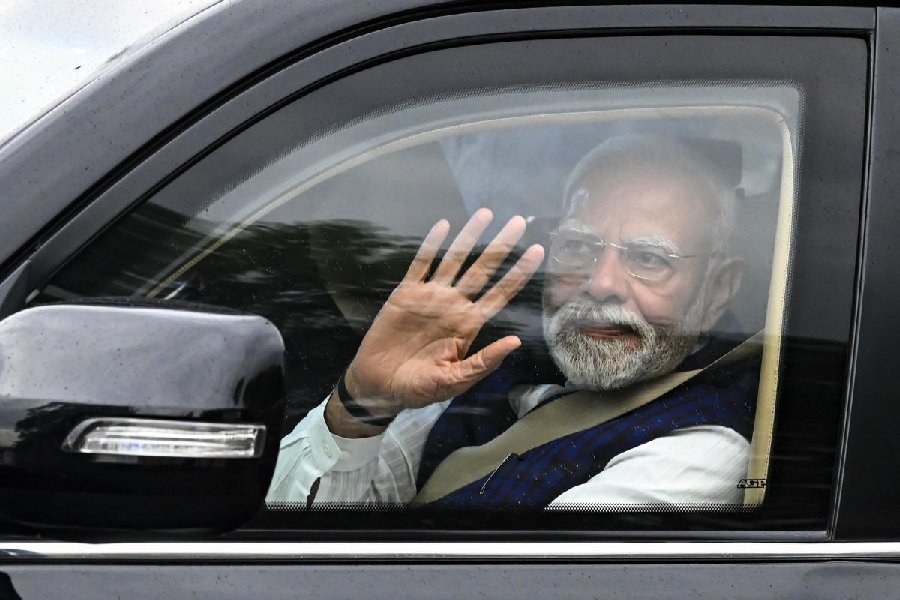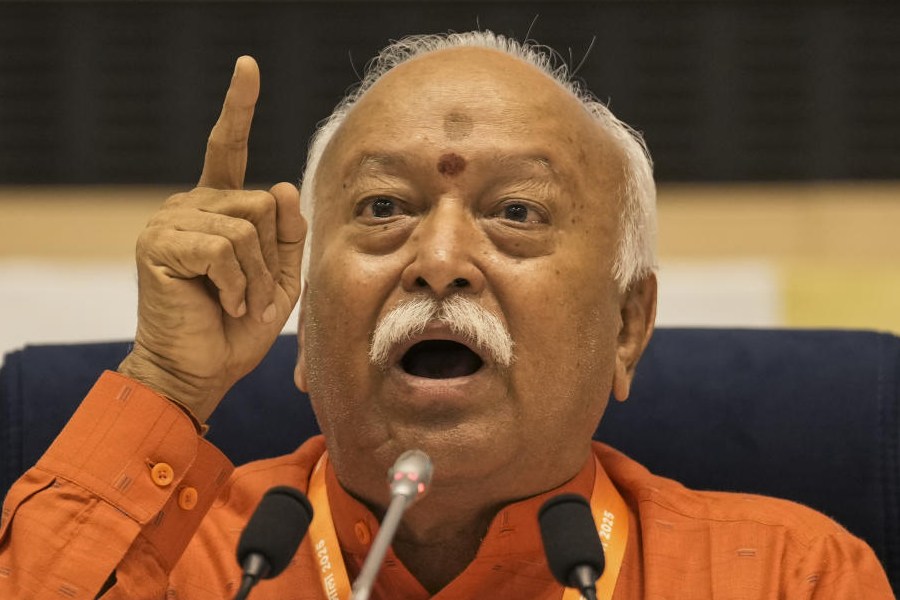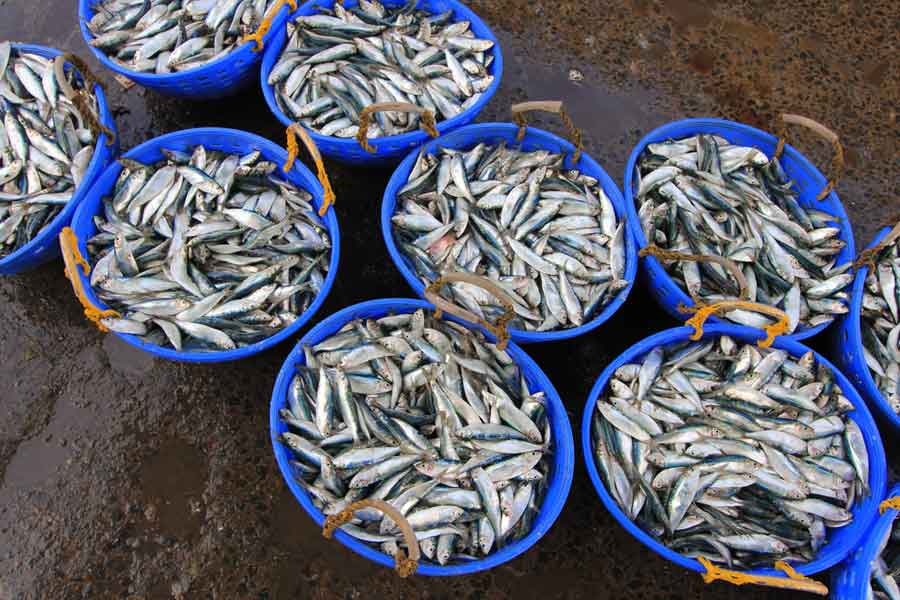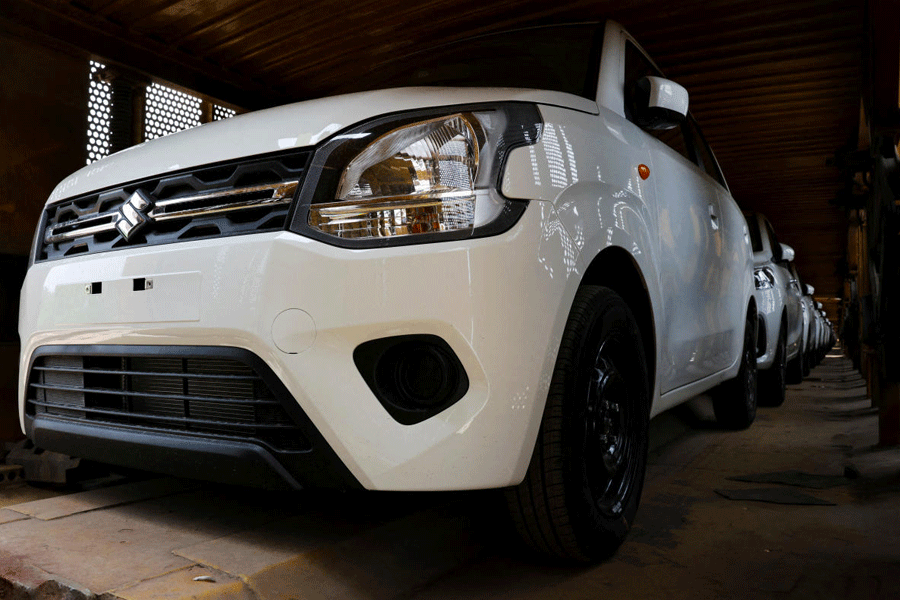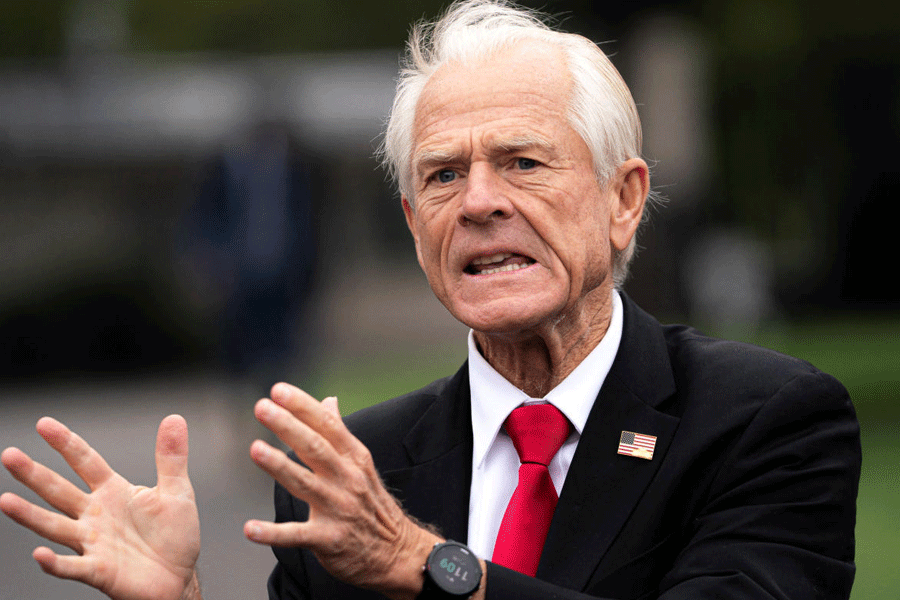
New Delhi: The Narendra Modi government on Tuesday scrambled to quell fears about a currency shortage after ATMs ran dry in several parts of the country over the past two days.
Bihar, Jharkhand, Odisha, Andhra Pradesh, Telangana, Maharashtra, Madhya Pradesh and election-bound Karnataka were among the states affected.
Finance minister Arun Jaitley conceded there was a "temporary shortage" of cash in certain states, which was being tackled on a war footing, and he insisted that there was "more than adequate" currency in circulation.
Jaitley, who has been away from office since April 2 because of an ailment, said he had reviewed the currency situation.
"Overall, there is more than adequate currency in circulation and also available with the banks. The temporary shortage caused by 'sudden and unusual increase' (in demand) in some areas is being tackled quickly," he tweeted.
Minister of state for finance Shiv Pratap Shukla said the issue would be resolved in the next two to three days.
RBI data suggested currency in circulation as on April 6 surged to Rs 18.42 trillion, which is Rs 54,800 crore more than the Rs 17.88 trillion on November 11, 2016, three days after Prime Minister Modi announced the demonetisation experiment that was apparently designed to stamp out black money and nudge the country towards a cashless economy.
The currency with public on March 30, 2018, was put at Rs 17.59 trillion, up from Rs Rs 15.26 trillion on November 11, 2016.
"There has been unusual spurt in currency demand in the country in the last three months," the finance ministry said in a statement.
The data and the admission suggest that many Indians have retained their appetite for paper currency in spite of one of the avowed objectives of demonetisation - a cashless economy.

At a hurriedly called media conference, economic affairs secretary Subhash Garg said the RBI had been injecting roughly Rs 45,000 crore worth of cash into the system every month since January in order to cope with the spike in the demand for currency.
Demand for cash has risen sharply from an average of around Rs 20,000 crore a month, which could be attributed to a spurt in poll funding as political parties face off for the Karnataka elections, and the resurgence of businesses that have traditionally run on cash.
Currency demand increases when farmers sell their harvest around March-April and in September-October. The move to widen the ambit of the goods and service tax has forced many service providers to opt for cash rather than cheque payments.
However, bankers say the sudden spike in demand for cash has been phenomenal this year.
Sanjay Bhattacharya, a former MD of State Bank of India, said: "My information is that bank branches have cash but there is a problem with ATMs where money is fed by outsourced agencies."
The central bank remained silent through most of the day, suggesting that Delhi was orchestrating the efforts to quell the fears.
Late in the evening, the RBI issued a terse statement: "There is sufficient cash in the RBI vaults and currency chests. Nevertheless, printing of the notes has been ramped up in all the four note presses."


